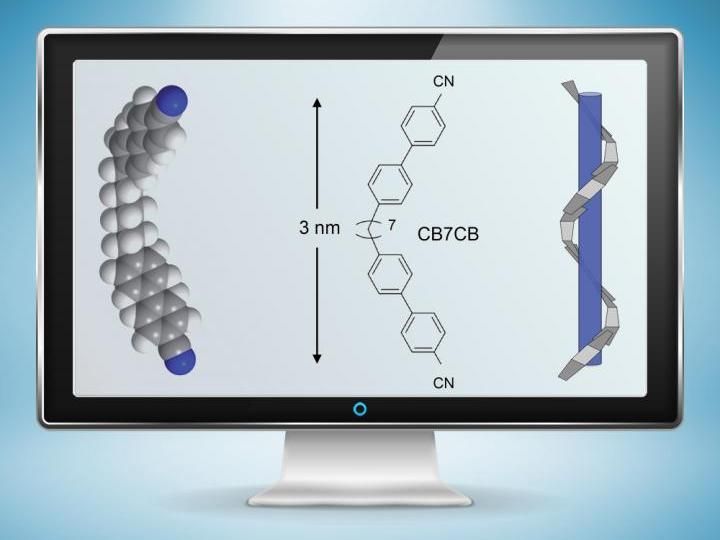A faster way to flag bacteria-tainted food — and prevent illness
The regular appearance of food poisoning in the news, including a recent event that led to the recall of more than 33,000 pounds of chicken, drives home the need for better bacterial detection long before meats and produce make it to the dinner table. On the horizon is a new approach for pathogen screening that is far faster than current commercial methods. Scientists are reporting the technique in the ACS journal Analytical Chemistry.
Sibani Lisa Biswal and colleagues note that Salmonella is one of the pathogens most commonly associated with foodborne illness, which can cause fever, diarrhea and abdominal cramps. An estimated one in six Americans suffer from food poisoning every year, according to the Centers for Disease Control and Prevention. Many end up in the hospital, and about 3,000 people die annually. Conventional methods to detect harmful bacteria in food are reliable and inexpensive, but they can be complicated, time consuming and thus allow contamination to go undetected. Biswal’s team set out to develop a faster method to catch unwanted microbes before they can make people sick.
They used an array of tiny “nanomechanical cantilevers,” anchored at one end, kind of like little diving boards. The cantilevers have peptides attached to them that bind to Salmonella. When the bacteria bind to the peptides, the cantilever arm bends, creating a signal. The screening system rapidly distinguished Salmonella from other types of bacteria in a sample. One of the peptides was even more specific than an antibody, which is considered the gold standard. That peptide could tell eight different types of Salmonella apart from each other. The researchers stated that the technique could be applied to other common food pathogens.
Most read news
Organizations
Other news from the department science

Get the chemical industry in your inbox
By submitting this form you agree that LUMITOS AG will send you the newsletter(s) selected above by email. Your data will not be passed on to third parties. Your data will be stored and processed in accordance with our data protection regulations. LUMITOS may contact you by email for the purpose of advertising or market and opinion surveys. You can revoke your consent at any time without giving reasons to LUMITOS AG, Ernst-Augustin-Str. 2, 12489 Berlin, Germany or by e-mail at revoke@lumitos.com with effect for the future. In addition, each email contains a link to unsubscribe from the corresponding newsletter.
Most read news
More news from our other portals
Last viewed contents
Air Products and Technip Extend Global Alliance
New test makes cheating with drugs in sports easier to detect
HLA-DR17
Researchers work to fingerprint hydrofracking water quality
A little less force: Making atomic force microscopy work for cells
Category:Fluid_statics

What screens are made of - New twists (and bends) in LCD research

























































